
Aves de Chile, Sus Islas Oceánicas y Península Antártica by Enrique Couve, Claudio F. Vidal and Jorge Ruiz T., FS Editorial, Chile (2016)
Field Guide Aves de Chile. Deeply nestled within the origins of “Aves de Chile, sus islas oceánicas y Península Antártica” (FS Editorial, 2016), are both a childhood dream and a more mature desire of leaving behind a significant contribution to ornithology and the knowledge of birds and their conservation in Chile.
Accordingly, when back in 1997 Enrique Couve and Claudio Vidal founded Far South Expeditions, both sensed that the partnership would produce more than a birding or wildlife-watching company.
The spark that would start it all happened back in the sixties. Couve, then a curious schoolboy, suffered from the scarcity of introductory books and field guides to quench his thirst for information as a budding birdwatcher. He did the best he could armed with a copy of the venerable “Las Aves de Chile, su conocimiento y sus costumbres”, a sizable work in two volumes with no plates or illustrations published in 1951 by J.D. Goodall, A.W. Johnson and R. A. Philippi, which he found at his school library and ended in his hands as a gift from the librarian, but still took him years to learn to identify by name the birds he saw based solely on written descriptions.
This lack of a descriptive, practical field guide to the birds of Chile marked his early forays as a field ornithologist, and made him vow to himself to one day write that illustrated field guide, so no one had to go through those pains again.
Vidal, member of a younger generation of ornithologists that cut their collective teeth on the late eighties with the help of the work by Braulio Araya and Guillermo Millie “Guía de Campo de las Aves de Chile”, a more manageable field guide than previous books on the birds of the country with black and white drawings, immediately caught on with that aspiration, and by 1999 already they had published their first “Aves de Torres del Paine”, that was joined by more than ten subsequent field guides in the following years.

Rufous-legged Owl (Strix rufipes) by bird artist and field ornithologist Jorge Ruiz T. © FS Editorial
The cornerstone project of an illustrated field guide to the birds of Chile took two decades to see the light: without a self-imposed deadline, it was dropped only to be reviewed and re-started from scratch several times. Physical distance, with two authors living in Punta Arenas and a third (Jorge Ruiz, in charge of the plates) in Valdivia, took its toll and hindered progress until they succeeded in establishing a working dynamic which led them to spend several winters cloistered in Porvenir, Tierra del Fuego.
When it was almost ready to come out, the growing of the publishing market forced them to look for ways to make the book stand out in a competitive environment: all the information about the 443 resident and 88 vagrants or rare visitors in the guide is concentrated in 550 pages that might sound like a big volume but the treatment approach avoided the pitfall of an excessively encyclopaedic discourse, as this is essentially a practical field guide with enough information to help in the identification without a lot of clutter and to be useful for both the experienced or scientific birder and the newbie alike.
Ruiz’s 945 plates mostly watercolors inspired in photographs are in full color, large or medium size to accommodate only two (sometimes one) species per page, facing the text in order to emphasize its visual attractive and usefulness in identifying, and each species is shown with its habitat, dimensions, features and field marks, geographical range and an accompanying map showing its distribution in Chile and adjacent countries.

Juan Fernandez Firecrown (Sephanoides fernandensis) by bird artist and field ornithologist Jorge Ruiz T. © FS Editorial
All the classification systematics and geographical data were fully updated right until the book went to print, in order to reflect the latest changes and, as much as possible, the current state of the art of taxonomy and ornithology.
“Aves de Chile…” was conceived to be the best trip companion. Its size poses no problem: upright format, rounded corners, plastic waterproof cover and sturdy binding, it was thought of with the field in mind, like binoculars, but works equally well as a consultation text before or after excursions.
The book is also a heartfelt homage and tribute to the past masters: Goodall, Johnson, Philippi, Behn, Araya, Millie and others.

The inspiring field work and references of Johnson, Goodall, Philippi plus many other pioneers in Chilean ornithology
“Our motivation is to follow in the footsteps and spirit of the inspiring work of these pioneer ornithologists, who produced superlative contributions with their published work”, express the authors in the foreword. These pages also encourage “the intimate curiosity of the Naturalist and the passion of the Poet”, within the ethical frame of observation and discovery linked to conservation.
“We are craving birders”, reflects Couve, quoting Pablo Neruda, Nobel-awarded poet and birding enthusiast, while addressing the audience at the book’s launching in Universidad de Magallanes. With this definitive field guide in hand, there are no valid excuses not to surrender enthusiastically to this sweet urge. Field Guide Aves de Chile
English Translation by Rodrigo Tapia – Read the Spanish version of this post here.
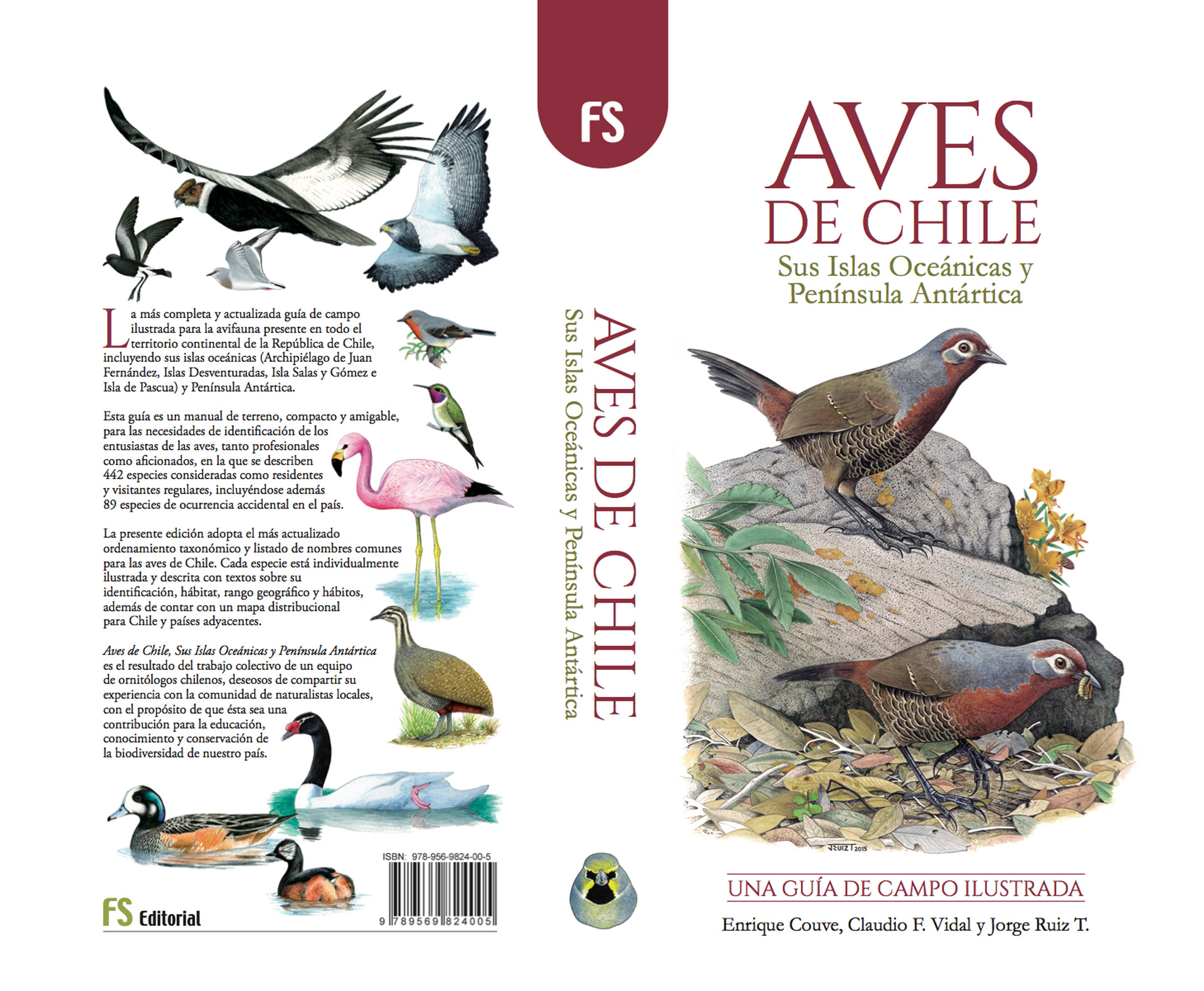
“Aves de Chile, Sus Islas Oceánicas y Península Antártica” by Enrique Couve, Claudio F. Vidal & Jorge Ruiz T. (FS Editorial, 2016)

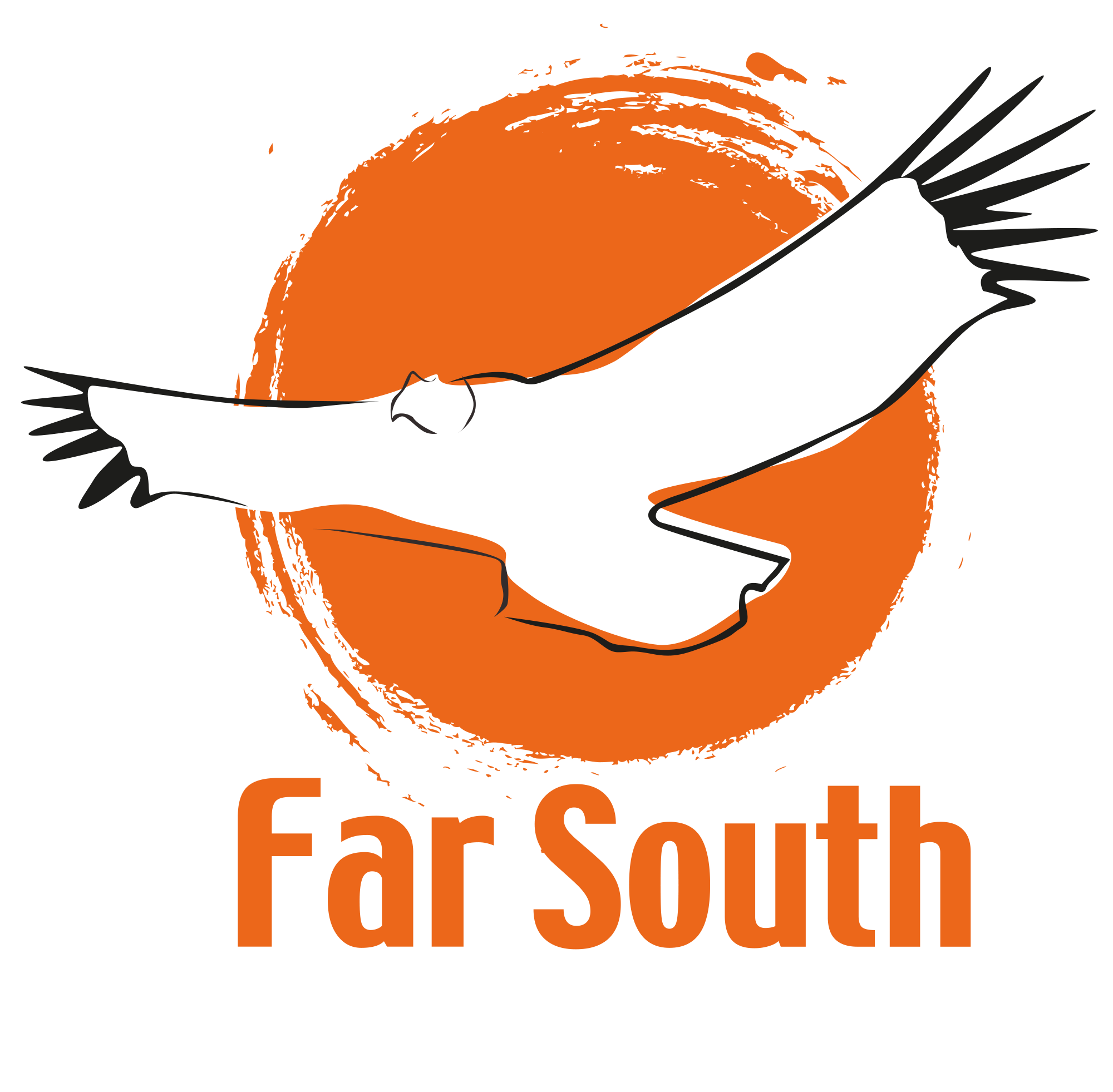
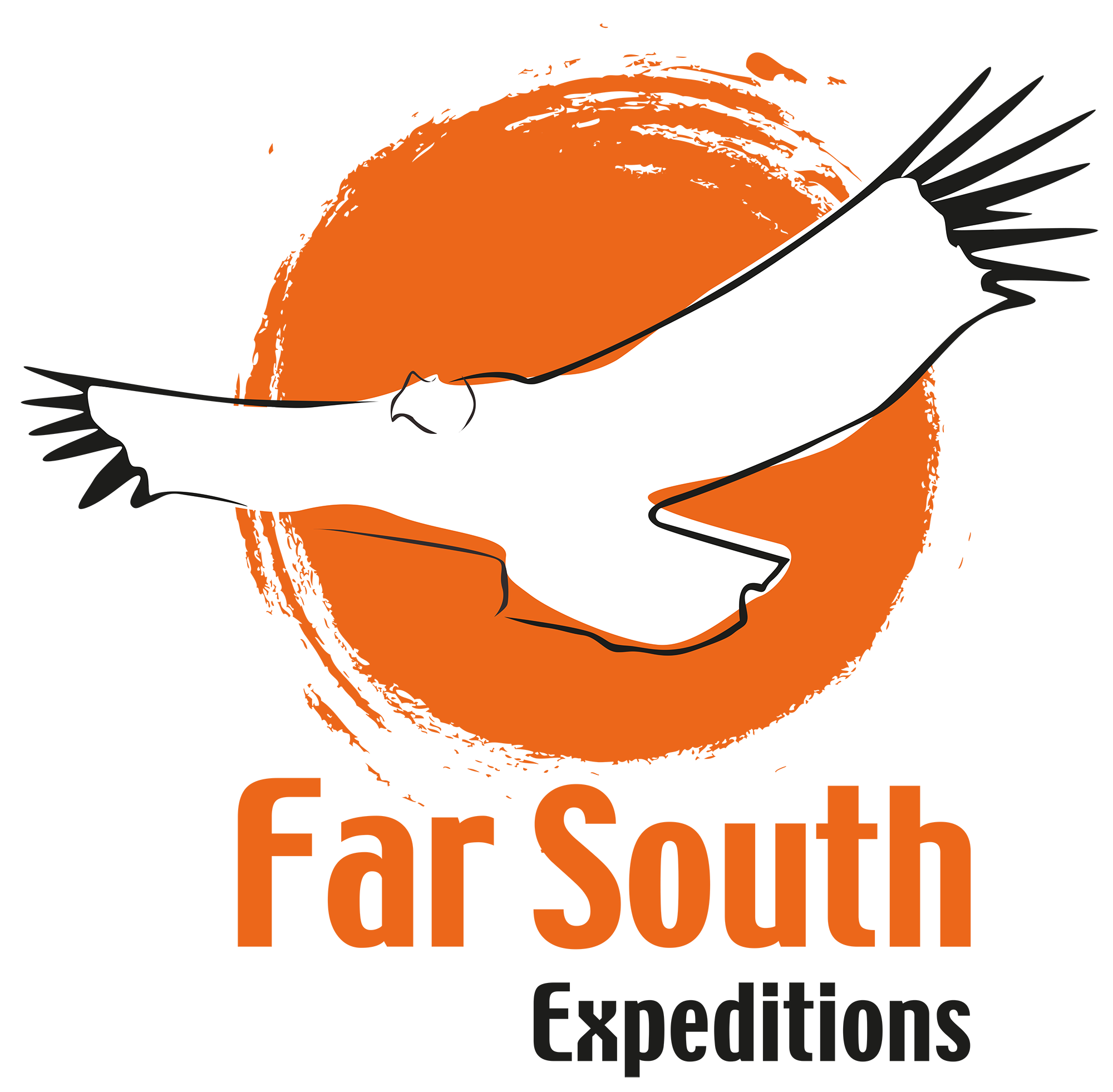
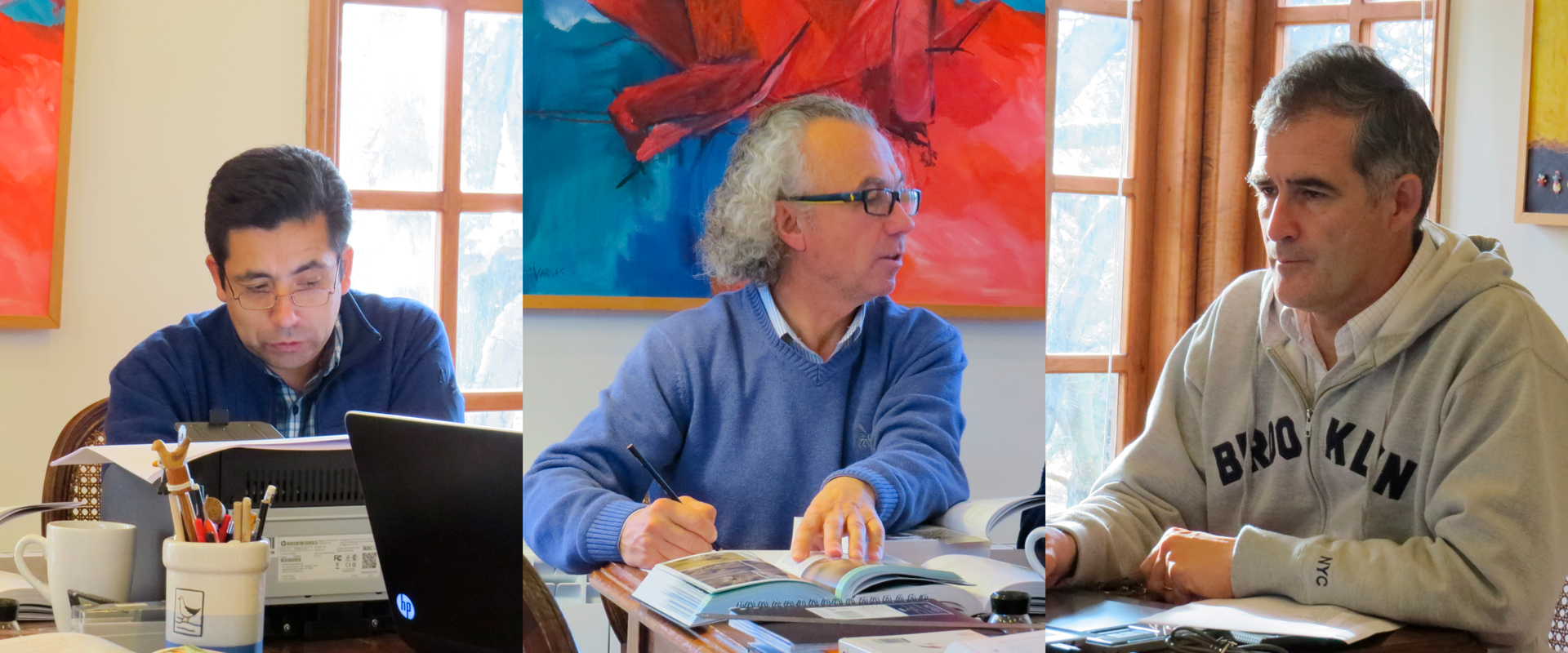
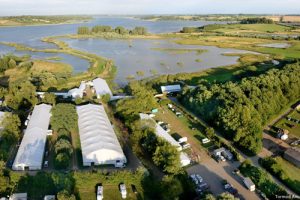
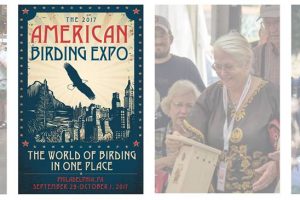
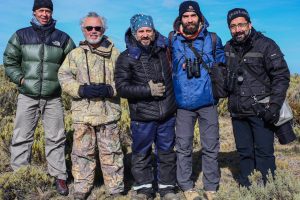

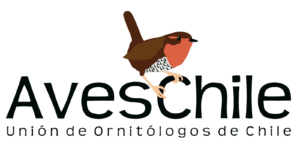
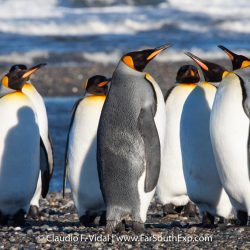

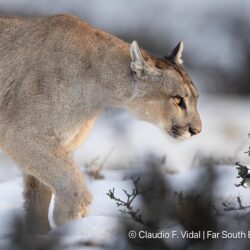
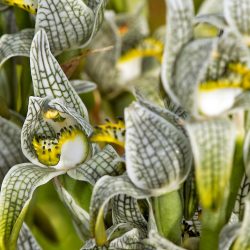
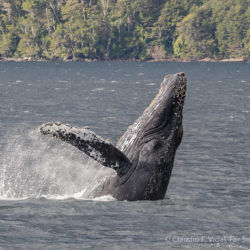
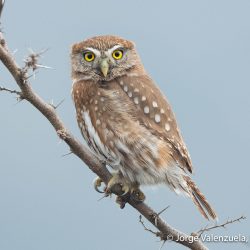

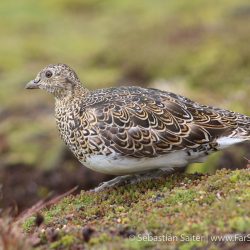
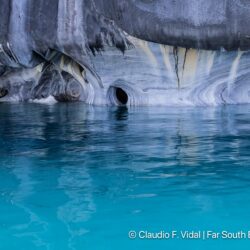

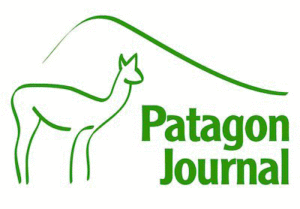
3 Comments
Leave your reply.